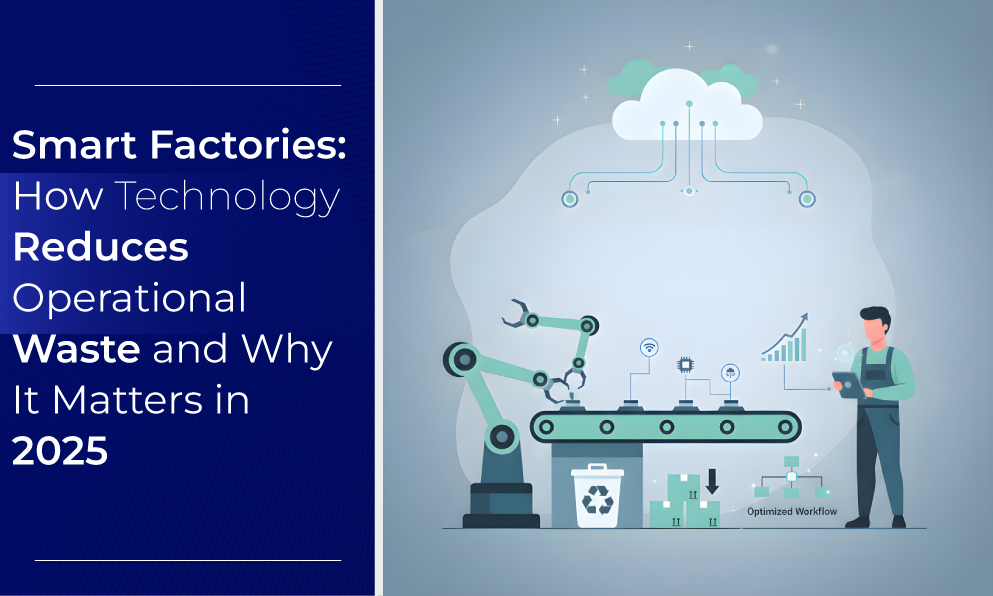Scalability refers to a company's capacity to expand without being constrained by its structure or capabilities when faced with an increase in output, whether in a financial or business strategy context. Instead of repeating pre-COVID mistakes, the post-COVID world requires fresh activities.
Have you ever declined a customer because you lacked the resources to do so? What assets would have been necessary for you to have had on hand to have been able to take on that customer and expand your business?
Too many business and IT department leaders have been lured by the promises of automation vendors, and as a result, they have prioritized the choice of special software at the early stage of their automation approaches while undervaluing or postponing investments in the organizational structures and skills necessary to guarantee the recognition of business development benefits.
The answer is frequently technology, particularly technology that can automate some or all of your company's procedures. Companies that want to boost top-line growth or bottom-line performance through large-scale automation must invest in developing skills, organizational structure, and technology. Despite the fact that this would be a difficult and new problem, it should be handled as soon as possible. The other, tougher task will be to analyze the crisis's medium-to-long-term consequences and how to respond strategically.
When automation technology is used to automate everything from the smallest operation inside a single department to the largest procedures that span an entire corporation, a firm is said to be operating at scale. For business owners and managers, automation can be a powerful way to streamline processes and improve efficiency at work.
In this guide, we'll show you how to use automation to take your team's productivity to new heights.
How Sustainable Is Your Company?
The number of activities you can automate has a direct impact on how readily your firm can grow.
The amount of growth you can achieve will be constrained if you are unable to automate a significant portion of your organization. You will also find it difficult to significantly accelerate growth and profitability.
Think carefully about how scalable your company is right now. Is there anything you can automate now? Are there any procedures that you could change to allow for automation?
Automation has the following benefits to seamlessly help you grow your business:
- Automating tasks frees up your time
- Automation helps you scale your business faster
- Automation makes it easier to grow your team
- Automation lets you focus on what's important
- Automation lets you make smarter decisions
- When you automate processes, you free up time for the things that are most important to you.
Five Major Technologies That Are Driving Automation
To grow your business faster, start by automating these five powerful technologies:
Robotic process automation (RPA): Robotic business process automation is the use of current user interfaces that replicate human actions to assist businesses in automating typical processes (such as data cleaning and extraction). RPA is used to develop bots. Bots are algorithms that are used to automate repetitive tasks. RPA does not necessitate modifications to basic IT systems since bots utilize current user interfaces.
Smart workflows: Smart workflow automation is a software program that is meant to connect human and computer activities, allowing bots to be implemented into normal workflows.
Machine learning and complex analytics software: To detect relationships in data from several sources, algorithms are used. These systems can take the role of human analysis and decision-making if the algorithmic outputs are extremely dependable.
Natural language processing: This allows for smooth managerial and technological links. It imitates human speech by converting from an analytical to a linguistic perspective.
Cognitive agents: They are created by combining machine learning and natural language processing to create entirely artificial entities (known as agents) that can carry out tasks, communicate, and comprehend data sets. In addition to knowledge and experience, agents may also base their decisions on observations of and forecasts of client behavioural trends in certain circumstances.
Payers often use RPA as a temporary solution before embarking on the lengthy journey to full-scale automation. Because this technology allows users to automate specific procedures (or portions of processes) within current IT systems while significantly altering such systems, the chance of service failures is dramatically reduced. RPA, however, has limits. It often produces results when combined with other forms of automation and artificial intelligence, such as cognitive agents, machine learning voice assistants, and natural language processing.
The Ramifications of Massive Automation
Large-scale automation tools can benefit businesses in a variety of ways, including increased workforce productivity, reduced reliance on manual labor (via improved auto-adjudication and self-service capabilities), increased income (by concentrating personnel on new activities), and better auto-adjudication and self-service capabilities, and improved customer satisfaction. The advantages in data management are particularly remarkable given automation's potential to enhance back-office and customer operations in five key areas:
Decreased costs: Automation and technology may replace a large portion of manual work. According to our experience, many payers can see typical cost rates of up to 30% as a result of the change within five years.
Enhanced service: Improved procedures and automated regular chores, tasks that used to take days can now be completed in minutes. If automation does not limit service options, expedited service and delivery may improve the user experience for clients, partners, and corporate workers.
Increased adaptability: A previously untapped capacity may now be found thanks to technology and machines, which can also lead to different results in response to requirements, increasing organizational agility. If providers want to remain competitive and flourish in the market, they must be flexible and able to respond rapidly as the rate of change in healthcare accelerates.
Higher standards with reduced risk: The enhanced capacity of massive automation enables a business to transition from spot checks to 100% quality control, which lowers the mistake rate to almost zero. As a result, automation may alter testing and quality control. The likelihood of human errors also lowers when computers take over previously manual duties.
Insightful observations: Automation, specifically machine learning and technical analysis, can generate, collect, and analyze massive datasets with hundreds of distinct attributes, allowing for the prediction of business performance drivers and the creation of substantially new insights.
How to Scale Your Business by collaborating with BJIT
When you select a company with a reliable solution, scaling your organization may be a rather straightforward notion. BJIT offers a platform that drives effective and tailored omnichannel customer service with strong AI capabilities that practically automate business growth.
By contextualizing interactions, automation enables your business to better serve customers' requirements while lowering the number of manual chores that formerly fell on customer support workers. Furthermore, all of this may be done without degrading the standard of service, enabling your company to live up to clients' expectations and maintain a good reputation.
We frequently recommend the following phases to be included in the automated ramp-up of successful payers:
- Make digitization a strategic priority by developing a vision.
- Create a plan for the methodical deployment of automation technology.
- Create a plan of action to carry out the strategy.
- internalize expenses and advantages in addition to developing and testing single solutions.
- Shift perspectives and give workforce management top priority.
Conclusion
As previously said, the burden of automation technology must fall on the shoulders of the process improvement stakeholders. Nonetheless, tight collaboration with the IT department is required because that department oversees planning the entire system's lifespan, managing the rollout in relation to other goals, supporting development, and executing continuous maintenance. If the relationship is to be successful, the IT division should be an important part of the process from the beginning till the end. The advisory board and governance mechanisms of the program can assist in achieving this.
That's why AI machine learning automation is a great way to help you scale your business faster than ever before. If you're ready to get started, these five things are a great place to begin.











